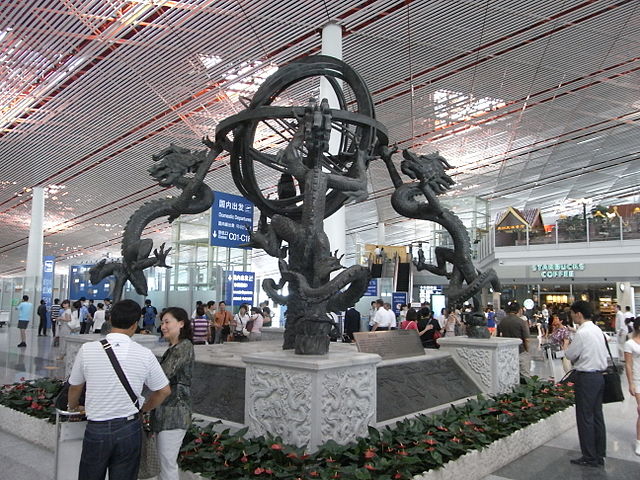
The association’s “20-Year Air Passenger Forecast” estimates that, based on a 3.7% annual compound average growth rate (CAGR), 7.2 billion passengers will be traveling in 2035, which is a near doubling of the 3.8 billion air travelers in 2016 and which calls for higher aviation infrastructure capacity to keep abreast of the clamor.
“People want to fly. Demand for air travel over the next two decades is set to double. Enabling people and nations to trade, explore, and share the benefits of innovation and economic prosperity makes our world a better place,” said Alexandre de Juniac, IATA’s director general and CEO.
The forecast confirms that the biggest driver of demand will be the Asia-Pacific region, expected to be the source of more than half of the new passengers over the next 20 years.
“Routes to, from and within Asia-Pacific will see an extra 1.8 billion annual passengers by 2035, for an overall market size of 3.1 billion. Its annual average growth rate of 4.7% will be the second-highest, behind the Middle East,” said the outlook.
China will displace the U.S. as the world’s largest aviation market (defined by traffic to, from, and within the country) around 2029. India will displace the UK for third place in 2026, while Indonesia enters the top ten at the expense of Italy.
Growth will also increasingly be driven within developing markets. Over the past decade the developing world’s share of total passenger traffic has risen from 24% to nearly 40%, and this trend is set to continue.
The 20-year forecast puts forward three scenarios. The central scenario foresees a doubling of passengers with a 3.7% annual CAGR. If trade liberalization gathers pace, demand could triple the 2015 level. Conversely, if the current trend towards trade protectionism gathers strength, growth could cool to 2.5% annual CAGR which would see passenger numbers reach 5.8 billion by 2035.
“Economic growth is the only durable solution for the world’s current economic woes. Yet we see governments raising barriers to trade rather than making it easier. If this continues in the long-term, it will mean slower growth and the world will be poorer for it. For aviation, the protectionist scenario could see growth slowing to as low as 2.5% annually. Not only will that mean fewer new aviation jobs, it will mean that instead of 7.2 billion travelers in 2035, we will have 5.8 billion. The economic impact of that will be broad and hard-felt,” said de Juniac.
Whatever scenario is eventually realized, growth will put pressure on infrastructure that is already struggling to cope with demand, said the report.
“Runways, terminals, security and baggage systems, air traffic control, and a whole raft of other elements need to be expanded to be ready for the growing number of flyers. It cannot be done by the industry alone. Planning for change requires governments, communities and the industry working together in partnership,” said de Juniac.
Biggest markets
The five fastest growing markets in terms of additional passengers per year over the forecast period will be China (817 million new passengers for a total of 1.3 billion), U.S. (484 million new passengers for a total of 1.1 billion), India (322 million new passengers for a total of 442 million), Indonesia (135 million new passengers for a total of 242 million), and Vietnam (112 million new passengers for a total of 150 million).
The top ten fastest growing markets in percentage terms will be in Africa: Sierra Leone, Guinea, Central African Republic, Benin, Mali, Rwanda, Togo, Uganda, Zambia and Madagascar. Each of these markets is expected to grow by more than 8% each year on average over the next 20 years, doubling in size each decade.
In the world’s other regions, North America will grow by 2.8% annually and in 2035 will carry a total of 1.3 billion passengers, an additional 536 million passengers per year.
Europe will have the slowest growth rate, 2.5%, but will still add an additional 570 million passengers a year. The total market will be 1.5 billion passengers.
Latin American markets will grow by 3.8%, serving a total of 658 million passengers, an additional 345 million passengers annually compared to today.
The Middle East will grow strongly (5.0%) and will see an extra 258 million passengers a year by 2035. The UAE, Qatar, and Saudi Arabia will all enjoy strong growth of 6.3%, 4.7%, and 4.1% respectively. The total market size will be 414 million passengers.
Africa will grow by 5.1%. By 2035 it will see an extra 192 million passengers a year for a total market of 303 million passengers.
Photo: Zhanyanguange









